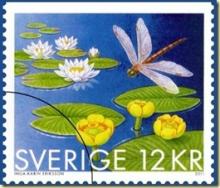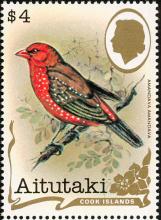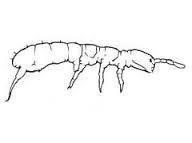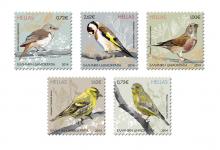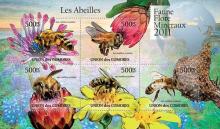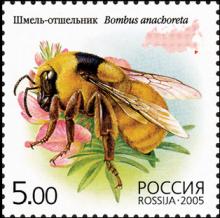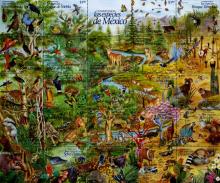Gemeente Ommen wil geen lelieteelt in grondwaterbeschermingsgebieden
Lelieteelt op grond in drinkwaterwinningen in Ommen blijft verboden als het aan het gemeentebestuur van Ommen ligt. De Raad van State heeft de gemeente opgedragen een nieuw besluit te nemen over het verbod op bollenteelt in grondwaterbeschermingsgebieden. Het eerder door de gemeente vastgelegd verbod werd door LTO Noord bestreden tot aan het hoogste rechtscollege. Deze oordeelde juni vorig jaar dat er onvoldoende onderzoek aan het besluit ten grondslag lag. Daarom moet de gemeente een nieuwe afweging maken over nut en noodzaak van het teeltverbod.

